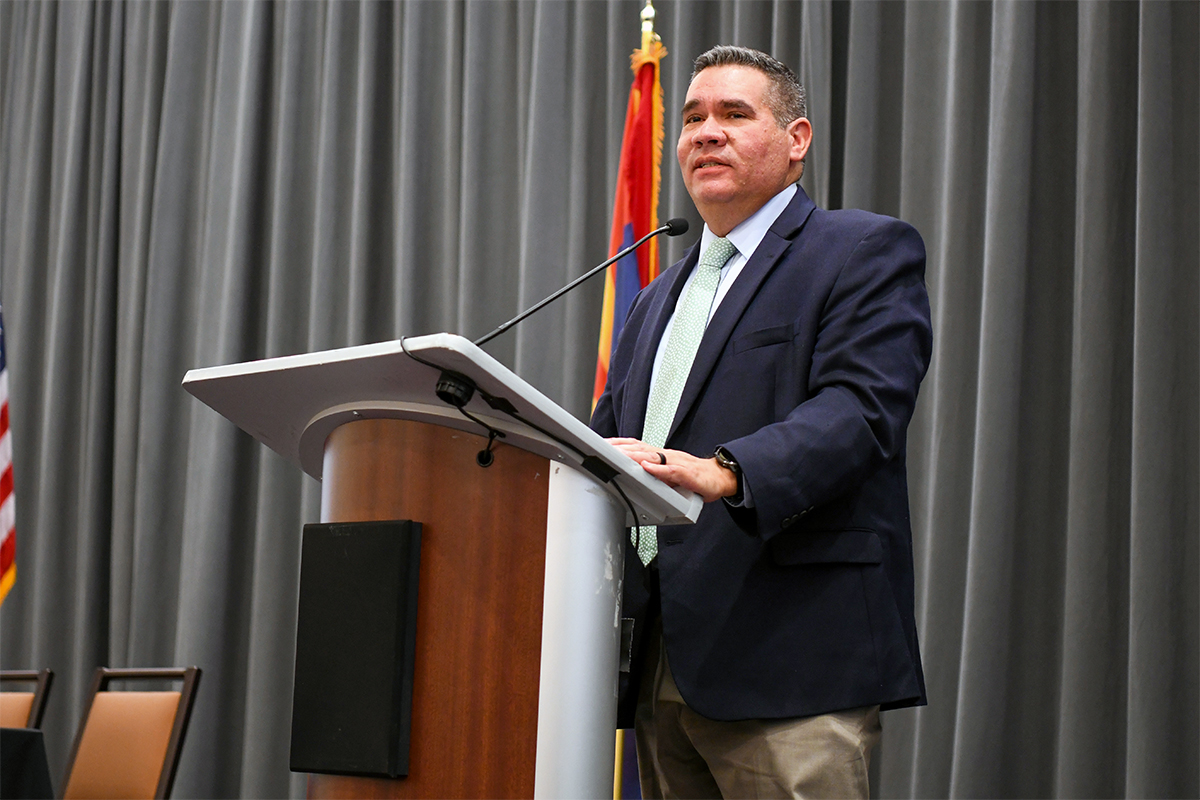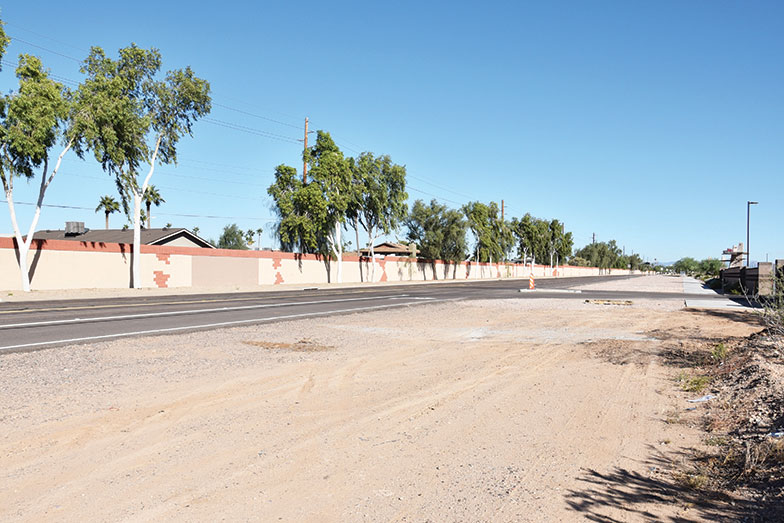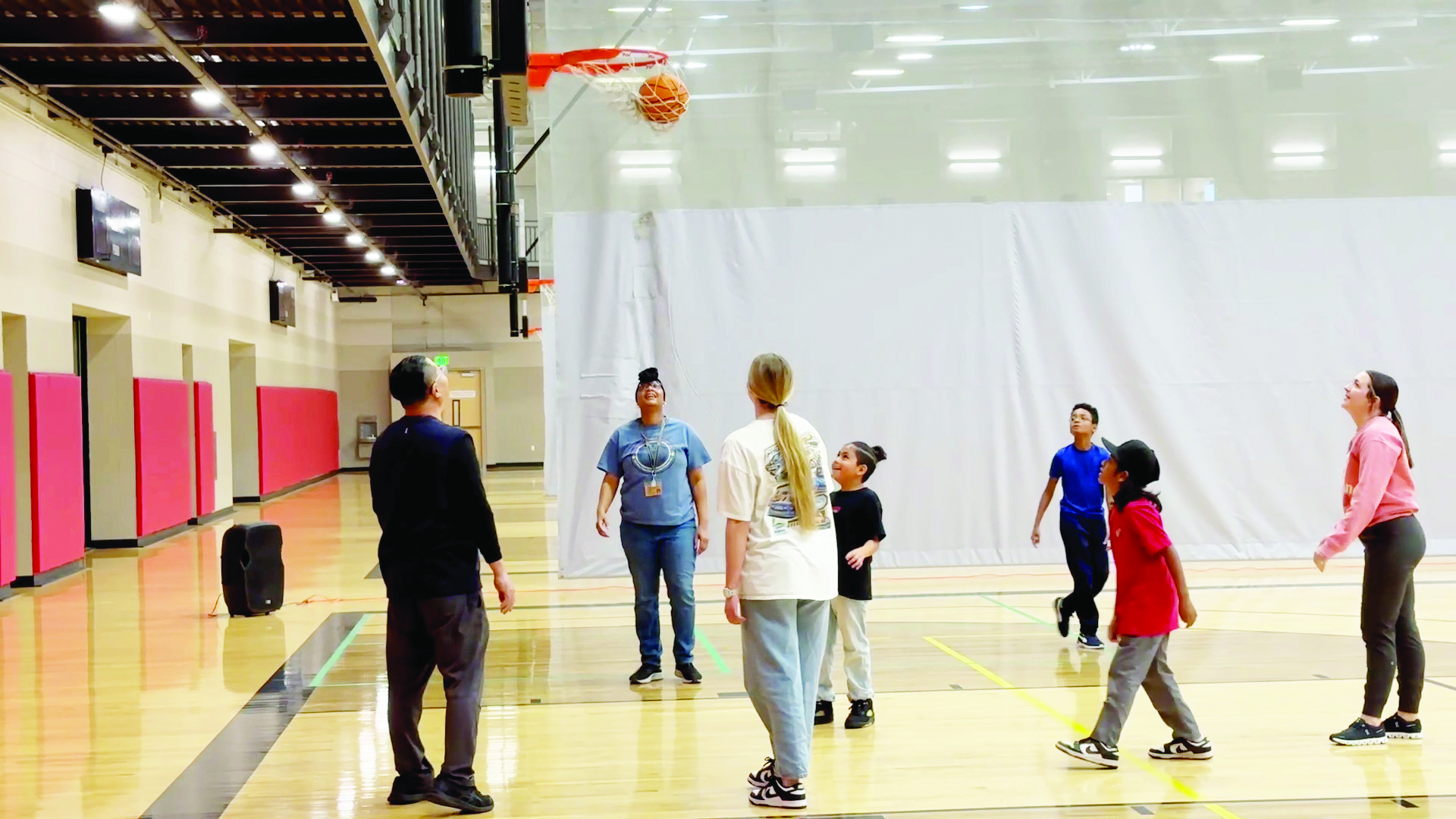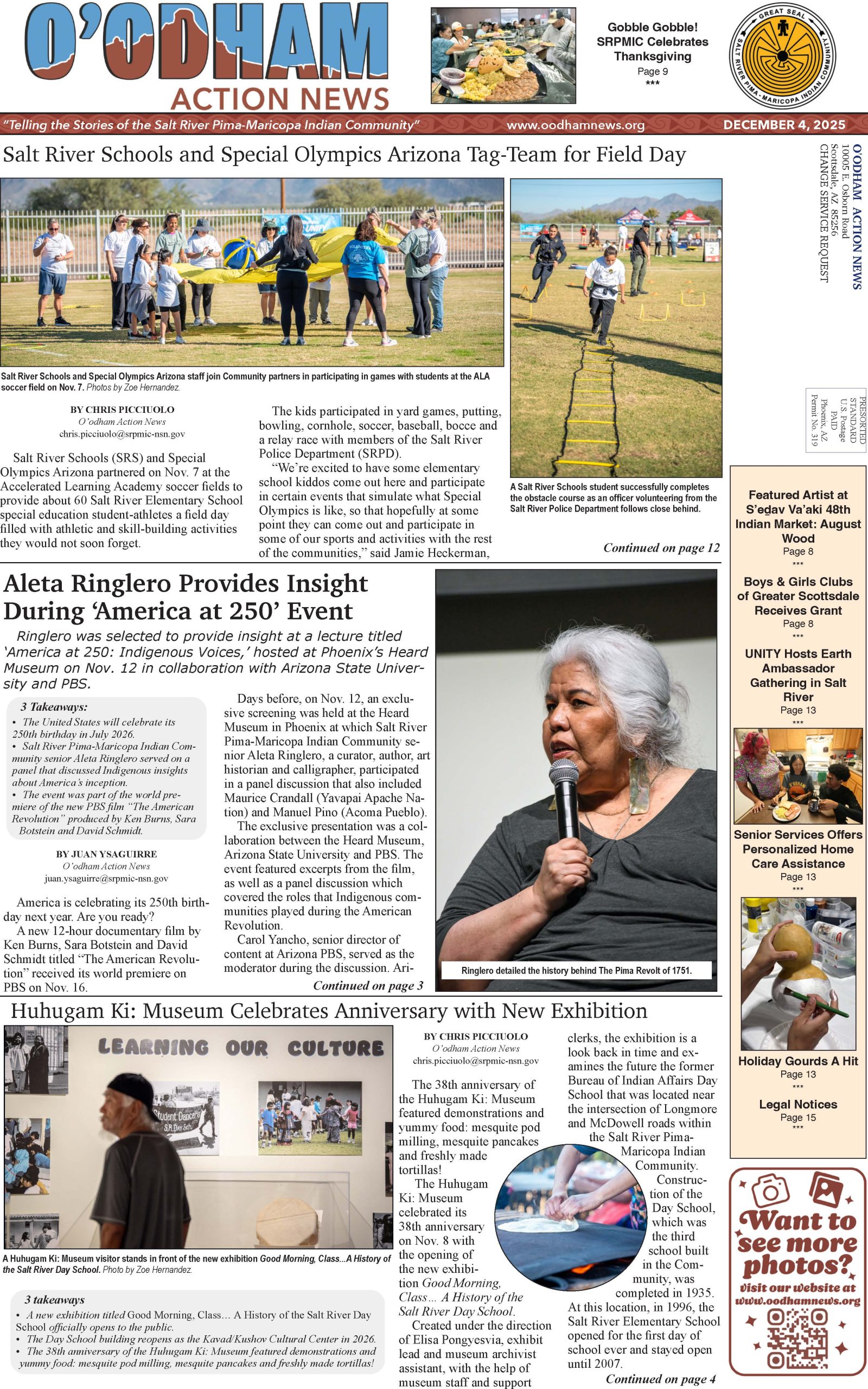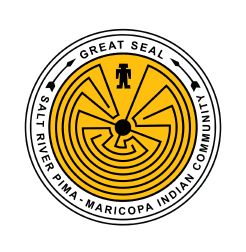VIEWS: 165
November 21, 2025Construction in Indian Country Conference Celebrates 22 Years
3 Takeaways
- The October conference was held at the Wild Horse Pass Conference Center in Chandler, Arizona.
- 3D concrete is on the rise, as many construction companies in Indian Country have begun introducing it into various construction projects.
- Artificial intelligence (AI) can be used to create in-depth infrastructure plans but beware of “AI hallucinations” that contain incorrect data.
“Construction in Indian Country” is a program curriculum within the Del E. Webb School of Construction (DEWSC) at Arizona State University. For 22 years, the program has held an annual conference to further enhance tribal partnerships between communities, leaders and businesses.
This year’s CIIC conference was held at the Wild Horse Pass Conference Center in Chandler on Oct. 8.
Presentations this year featured discussions involving economic development in tribal communities, best design practices and workforce training. Guests also took advantage of networking opportunities.
Jacob Moore, vice president and special advisor to the president on American Indian Affairs for Arizona State University, provided the welcoming address inside the banquet conference room.
“This conference is two powerful days of learning, collaboration and innovation at the intersection of architecture, engineering and tribal development,” said Moore.
He continued, “We can all gain insights as to how our tribal communities can shape the interests of our own design and of our own makings.”
Darrell LaRoche (Lower Brule Sioux Tribe), acting deputy director of the federal Indian Health Service, provided the opening remarks.
Before his remarks, LaRoche extended his appreciation to the tribal leaders, elders and students in attendance.
“Everybody in this room can help each other. I’m looking forward to meeting students; it’s a good thing to talk with them about the future and to get their ideas. One of the biggest things we need to know moving forward is construction is part of our communities and cultures.”
3D Concrete: What Is It?
Kendra Bennett, national account manager for Skyland 3D, facilitated a presentation about the inner workings of utilizing three-dimensional (3D) concrete for construction projects in Indian Country. Skyland 3D is owned by the Kaw Nation, a tribe in Oklahoma and Kansas. Three-dimensional concrete technology can be used to build walls, houses, bridges and other projects while generating less waste than traditional construction methods.
For 3D concrete technology, a robotic printer layers concrete in three dimensions: length, width and height. It’s referred to as 3D because it can create infrastructure that individuals can stand inside of.
Traditional 3D printers, like the ones found in homes and schools, use plastic to create toys, accessories and various items. Skyland 3D uses a specialized concrete mix deposited in layers via a robotic arm to complete their construction projects. The concrete mix is light enough to travel through the machinery and application nozzle but heavy enough so that individuals remain safe and secure while inside a 3D concrete building.
Skyland is considered one of the premier leaders in 3D concrete printing, as they also construct affordable and energy-efficient homes for single-family, multi-family and tiny home villages. Additionally, each Skyland 3D project is fire-resistant and engineered to last for generations, helping with the affordable housing crisis currently experienced by many in the United States.
To date, the Skyland 3D team has completed ample building and construction projects for tribal departments and housing communities throughout Indian Country.
“We truly care about the future generations in our communities,” said Bennett.
Interested individuals looking to include 3D concrete into their next projects can reach out to Bennett directly via email at kbennett@skyland3d.com or by dialing 405-604-1542.
A Better Understanding of AI and Its ‘Hallucinations’
“It’s important to understand that artificial intelligence can give you incorrect data,” began Tessa Chandler, founder of Mule Deer Consulting. “I call these ‘hallucinations,’” she explained. According to her website, Chandler helps “tribes and non-profits navigate funding, compliance and technology.”
At the conference, Chandler presented “Building Sovereignty: Aligning AI with Tribal Infrastructure Goals.”
Mule Deer Consulting blends grant strategy, AI, compliance and tech integration. Chandler has assisted the Indian Health Service with securing general funding and has collaborated with agencies on projects for the Native American Graves Protection and Repatriation Act as well as state-run Tribal Housing and Homelessness Assistance Programs.
“Artificial intelligence can help define a project’s name, location, scope, budget and regulations, as well as identify stakeholders,” explained Chandler. “However, these details are so unique to your project, AI can’t guess what these are going to be. You must give AI detailed information, otherwise it will give out hallucinations, or incorrect data.”
Chandler explained how standard AI programs like Microsoft’s Copilot and ChatGPT have default settings that easily agree with the user, no matter the prompt. She reiterated that when using programs and software such as Google’s NotebookLM, giving AI detailed tasks and prompts helps “turn the chaos into coordination.”
Chandler added, “Always check AI’s reasoning. You, as a human in the real world, and your experiences, must decide what makes the final deliverables.”
Interested individuals may contact Chandler directly by dialing (310) 600-5592 or by email at strategy@muledeerconsulting.com.
To remain up to date on all things construction in Indian Country and/or to inquire about facilitating a presentation during next year’s conference, contact the ASU Del E. Webb School of Construction at (480) 727-3105.

